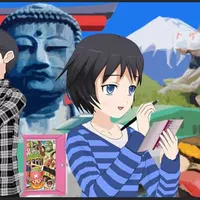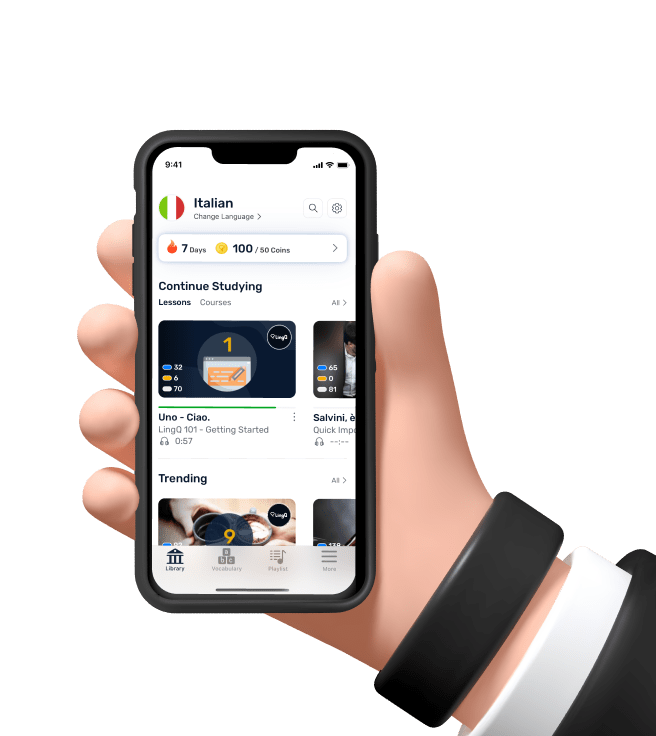ジブリ の 森 に 行って みよう ...(n5)
||しげる||おこなって||
Lass uns in den Ghibli-Wald gehen ... (n5)
Let's go to Ghibli forest ...(n5)
Vamos al Bosque Ghibli ... (n5)
Allons à la forêt de Ghibli ...(n5)
Andiamo nella foresta Ghibli ... (n5)
Laten we naar het Ghibli-bos gaan ... (n5)
La oss gå til Ghibli-skogen...(n5)
Vamos para a Floresta Ghibli ... (n5)
Давайте отправимся в лес Гибли ... (n5)
Hadi Ghibli Ormanı'na gidelim... (n5)
Вирушаємо до лісу Гіблі... (n5)
去吉卜力森林吧...(n5)
去吉卜力森林吧...(n5)
去吉卜力森林吧...(n5)
メイ が トトロ の 上 に のって います。
||||うえ|||
May ist auf Totoro.
Mei sits on top of Totoro.
Mei está encima de Totoro.
Mei est sur Totoro.
Mei è sopra Totoro.
Mei sitter på toppen av Totoro.
A Mei está em cima do Totoro.
Мэй лежит на Тоторо.
梅坐在龙猫身上。
とっても 楽し そうに すわって います。
|たのし|そう に||
Sie sitzen sehr glücklich.
She sits looking very happy.
Los niños están sentados muy contentos.
Ils sont assis et ont l'air très heureux.
I bambini sono seduti lì molto felici.
Han sitter der og ser veldig glad ut.
Дети сидят там очень счастливые.
他坐在那里看起来很高兴。
「ネコ バス 」が わらって います。
ねこ|ばす|||
„Cat Bus“ lacht.
"Cat Bus" is laughing.
El Gato Bus está ululando.
Le Cat Bus gémit.
Il Cat Bus sta emettendo un lamento.
``kattebussen'' kjører.
Кошачий автобус. Толпа в замешательстве.
“猫巴士”正在运行。
「ネコ バス 」は ねこ の バス です。
ねこ|ばす||||ばす|
"Katzenbus" ist ein Katzenbus.
"Cat bus" is a cat bus.
Neko Bus es un autobús para gatos.
Neko Bus è un autobus per gatti.
“猫巴士”是猫巴士。
「トトロ 」と いう えいが に 出た キャラクター です。
|||||でた|きゃらくたー|
Es ist eine Figur, deren Film „Totoro“ heißt.
It is a character that appears in the movie "Totoro".
C'est un personnage qui apparaît dans le film "Totoro".
Il personaggio è apparso in un eiga intitolato Totoro.
Dette er en karakter som dukket opp i en anime kalt ``Totoro.''
Тоторо". Персонаж появился в фильме под названием
这是动画《龙猫》中出现的角色。
ところで メイ は ネコ バス に のって 、どこ に 行く と 思います か。
|||ねこ|ばす|||||いく||おもいます|
Übrigens, wohin, glaubst du, wird Mei mit dem Katzenbus fahren?
By the way, where do you think Mei will go on the cat bus?
Dove pensate che Mei andrà con il cat bus?
Как вы думаете, куда Мэй поедет на кошачьем автобусе?
顺便问一下,你觉得梅坐猫巴士要去哪里?
じつは 、ジブリ の お 店 の 中 でした。
||||てん||なか|
Eigentlich war es in einem Ghibli-Laden.
Actually, she was in a Studio Ghibli shop.
En realidad estaba dentro de la tienda Ghibli.
In realtà era all'interno del negozio Ghibli.
Это было внутри магазина Ghibli.
事实上,它是在吉卜力商店内。
この お 店 は 、ジブリ の いろいろな キャラクター しょうひん を 売って います。
||てん|||||きゃらくたー|||うって|
In diesem Geschäft werden verschiedene Artikel der Ghibli-Figuren verkauft.
This shop sells various goods based on Studio Ghibli characters.
Ce spectacle vend divers personnages Ghibli.
Questo negozio vende una varietà di articoli dei personaggi Ghibli.
这家商店出售各种吉卜力角色。
トトロ と メイ の にんぎょう が あります。
Es gibt Totoro und Mei's Puppen.
There are Totoro and Mei dolls.
Ci sono le bambole di Totoro e Mei.
有龙猫和梅的娃娃。
ジブリ の 本 を 読む こと が できます。
||ほん||よむ|||
Sie können Ghibli-Bücher lesen.
You can read Studio Ghibli books.
È possibile leggere i libri Ghibli.
你可以读吉卜力的书。
えいが も 見る こと が できます。
||みる|||
You can also watch the movies.
È possibile anche guardare film.
您还可以查看图片。
後ろ に ネコ バス の 大きな にんぎょう が あります ね。
うしろ||ねこ|ばす||おおきな||||
There's a big cat bus doll in the back.
Dietro di voi c'è un grande pupazzo di gatto-bus.
后面有一辆大猫巴士。
後面有一輛大貓巴士。
お 店 は 、広い です。
|てん||ひろい|
The shop is spacious.
店面很大。
たくさん の 人 が 買いもの に 来ます。
||じん||かいもの||きます
Many people come to shop.
De nombreuses personnes viennent faire leurs courses.
Molte persone vengono qui per comprare.
Многие люди приходят сюда за покупками.
许多人前来购物。
いろいろな キャラクター の ペン です。
|きゃらくたー||ぺん|
There are various pens of the characters.
Penne con caratteri diversi.
Ручки с разными символами.
带有各种字符的笔。
帶有各種字符的筆。
あなた は いくつ の キャラクター の 名前 を しっています か。
||いく つ||きゃらくたー||なまえ|||
How many character names do you know?
Combien de personnages connaissez-vous le nom ?
Di quanti personaggi conoscete i nomi?
Сколько персонажей вы знаете по именам?
你知道多少个角色的名字?
你知道多少個角色的名字?

